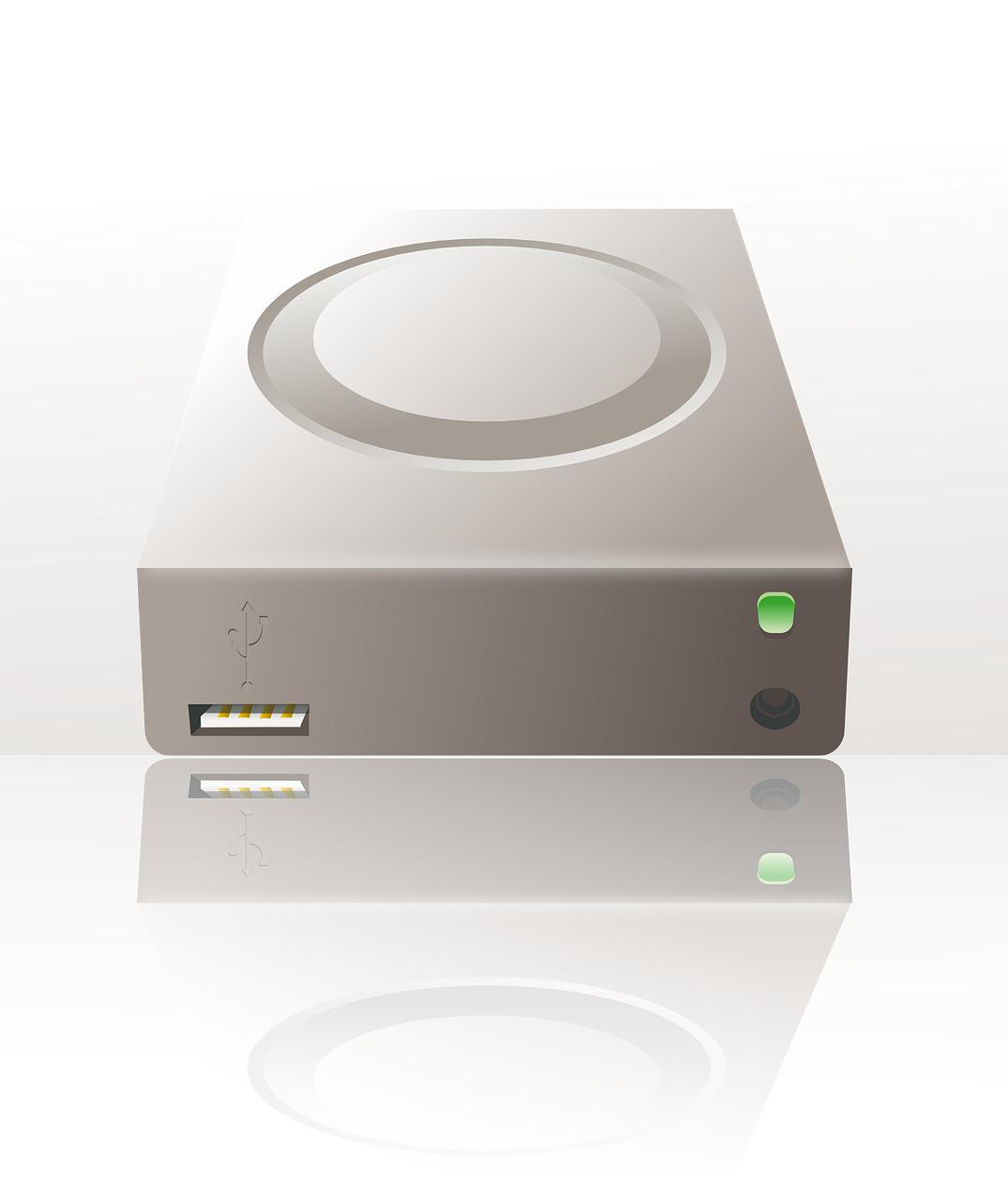Are You Prepared to Handle Physical IT Damage?
Even though computing has largely shifted to the cloud and to smaller, user-friendly devices, the risk remains that physical damage to any of your devices could interrupt your work or cause you to lose important files, among other negative consequences.
These risks extend not only to your main computer but also potentially to other devices that you may have like external hard drives, smartphones and even the devices that help you connect to the internet like a router, depending on your computing needs.
For example, if the mechanical components of the hard drive within your computer break down due to age, do you have a way to access the files on that drive? Or if your internet goes down, will you be able to make do with working offline or moving to another location, or can you not afford any downtime due to specific business needs?
Think about all the IT devices you have and consider what would happen if they become physically damaged. From there, you can start to build an action plan, looking at issues such as:
File backup:

Think about what files you don’t want to lose and whether you have an easily accessible backup in place. You may even want to have multiple backups, depending on the importance of your files.
For example, a natural disaster could affect a data center that your cloud storage provider uses, meaning you might not be able to access backups during these times. As such, you may want to have both an on-premise and cloud backup. Similarly, if your external hard drive is outdated, you may not want to rely on that as your sole backup, as a physical breakdown of that device could leave you vulnerable.
File recovery:

Assuming you have a trusted backup in place, do you have a plan for how you would restore your data? In particular, if your files are scattered across multiple devices, you may want to streamline your data backup to make recovery easier. For example, you may have some photos on your phone and some on your computer, all of which can be backed up to the same location (or have the same copies across different locations depending on the data’s importance) so that if one of your original devices experiences physical damage, you may be able to access those files on another.
In the event that you’re unable to recover files from a backup, you should also have a plan in place to recover files by trying to repair your broken device. Odds are you don’t have the experience to handle repairs yourself, and you don’t want to make the problem worse or overwrite data, so this step is often best left to a professional. Have a repair service in mind before damage occurs so you can act quickly if need be.
Usage continuation:

If a device breaks down, do you still have what you need to continue working? This may be more of a relevant issue for businesses, but it can also apply to individuals who do not want to experience a lifestyle interruption from not having a usable phone or computer, for instance.
As such, consider what you would do if different IT devices became damaged. If your computer stopped working, do you have another device you can use to access the files you need? If your WiFi router stopped working, do you have files that you can still work offline, such as from an external hard drive backup or a cloud provider with offline access? Or do you have an ethernet cord you can connect to your device instead of using WiFi?
Figuring out a specific backup plan in these types of cases depends on the level of continuity you need.
Physical damage to IT devices can strike at any time, whether that’s from dropping a device, having the mechanical components break down over time, a natural disaster or other factors. Having a plan in place to handle physical damage can help you minimize risk and carry on with less interruption. Moreover, analyzing these scenarios can help reinforce the importance of trying to keep your devices running smoothly in the first place so that you hopefully don’t have to deal with many breakdowns.